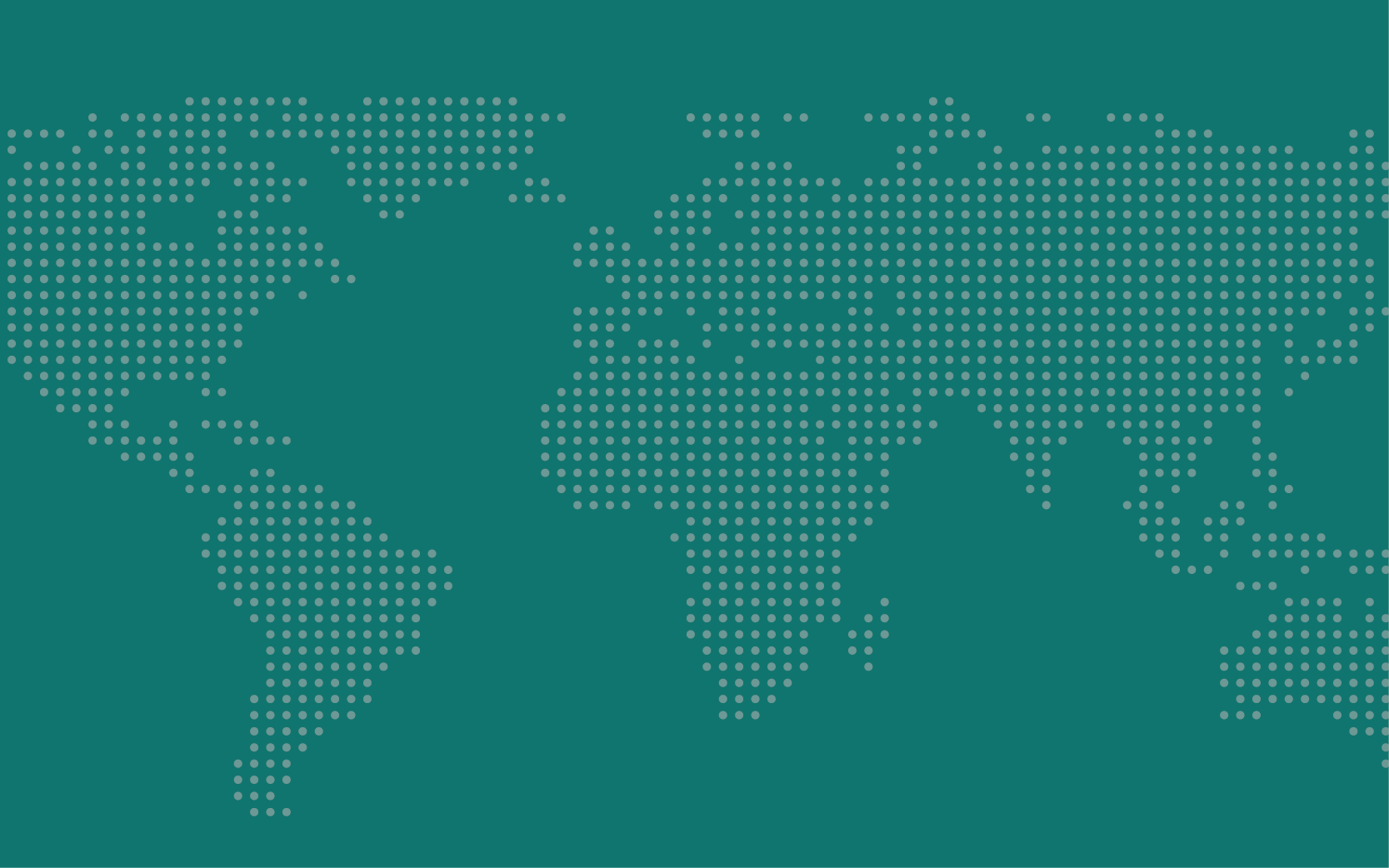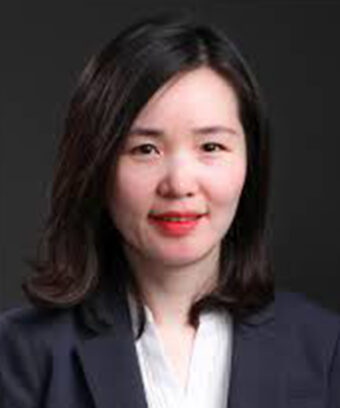Chinese Overcapacity Looms Over the APEC Summit
China’s manufacturing strength has long underpinned its global economic rise. Today, however, what was once hailed as efficiency and scale has become a central fault line in global trade. “Overcapacity” has emerged as the new buzzword everywhere from Washington to Brussels to Tokyo—a catchall for the imbalance between China’s vast production and the world’s ability or willingness to absorb it.
With South Korea set to host the 2025 Asia-Pacific Economic Cooperation (APEC) summit, the issue looms large not only for China’s trading partners, but also for the economic future of the Pacific Rim.
The Scale of the Problem
China’s trade surplus hit a record $992 billion in 2024, with exports rising nearly six times faster than imports. Although the economy makes up 17 percent of global gross domestic product (GDP), it produces 35 percent of global manufacturing output.
The imbalance is stark in the “New Three” exports—electric vehicles, batteries, and solar panels. Electric vehicle production capacity is roughly triple domestic sales, while China controls 90 percent of global solar capacity, producing 588 gigawatts (GW) last year against global demand of 451 GW. These surpluses spill into world markets, fueling price wars, trade frictions, and fears of a second “China shock.”
The Wrong Diagnosis?
Western policymakers often point to industrial subsidies as the root cause. Yet this is only part of the picture. Inside China, a different diagnosis has gained traction: “involution” (neijuan). Policymakers and economists increasingly blame hypercompetition among local governments and firms, which leads to excessive capacity, collapsing prices, and diminished returns on capital.
The Xi administration has responded with an “anti-involution campaign.” At the Central Economic Work Conference in December 2024, curbing involution was set as the top economic priority for 2025. This year, Beijing has begun cracking down on “disorderly competition,” summoning solar executives to close underutilized factories and signaling that price wars must give way to quality upgrades.
A Macroeconomic Imbalance
But even involution is a symptom of a deeper problem: China’s chronic imbalance between consumption and investment. Household consumption makes up less than 40 percent of GDP—far below the rich world average of 54 percent. High savings rates, weak social safety nets, and local governments’ fiscal dependence on land sales and infrastructure investment all reinforce the bias toward overproduction.
As economist Yao Yang argues, the root is structural: a savings-centric society channeling excess funds into industrial investment. Without a decisive shift toward consumption—through welfare expansion, rural household support, and services development—capacity will continue to outstrip demand. Yet such reforms confront entrenched political barriers, from local government incentives to state-owned enterprise protection.
Political Economy Roadblocks
Over the past decade, China has repeatedly relied on the formula of “more investment, capacity reduction, and export expansion.” But this strategy is running into diminishing returns. Local governments compete fiercely to attract investment through subsidies and credit guarantees, sustaining “zombie firms” that should exit the market. Central leaders may call for fair competition, but reshaping the fiscal framework—rebalancing tax revenues toward services, reducing reliance on land finance, and redefining performance metrics—remains politically fraught.
The July 2025 Politburo meeting explicitly warned against “unlawful competition” and promised to “regulate local investment incentives.” But as veteran policymaker Yin Yanlin noted, reform has entered “deep water”: vested interests and systemic barriers make progress slower, more contested, and more politically sensitive than in earlier phases of market reform.
In this context, external commitments may again serve as levers for internal adjustment. Just as World Trade Organization (WTO) accession two decades ago forced sweeping revisions of thousands of laws and regulations, future participation in high-standard trade agreements such as the Comprehensive and Progressive Agreement for Trans-Pacific Partnership (CPTPP), Regional Comprehensive Economic Partnership (RCEP), or Digital Economy Partnership Agreement (DEPA) could help unlock reforms that domestic actors resist.
By binding itself to international rules on competition neutrality, data governance, or subsidy transparency, Beijing would gain political cover to push through changes that local governments and state-owned enterprises might otherwise obstruct. This “openness to force reform” dynamic—long a feature of China’s development strategy—remains one of the few credible pathways for addressing the structural drivers of overcapacity.
Global Reverberations
Externally, China’s overcapacity is already straining Asia-Pacific economies. Association of Southeast Asian Nations (ASEAN) members, deeply integrated into Chinese supply chains, face mounting pressure from cheap Chinese goods. Thailand has seen over 2,000 factory closures this year, and Indonesia’s textile sector has shed tens of thousands of jobs. This “Southeast Asian washing”—where Chinese intermediate inputs dominate local production—undermines domestic industry and risks premature deindustrialization.
The ripple effects extend to global trade governance. With the WTO under strain, APEC remains one of the few forums where major economies, including the United States and China, can engage constructively. Indeed, APEC was instrumental in advancing the Information Technology Agreement in the 1990s, demonstrating its potential to complement multilateral trade rules and provide precisely the kind of external push that can catalyze domestic reform.
APEC 2025: Opportunity Amid Tension
South Korea’s hosting of APEC in 2025 comes at a critical juncture. It will mark the first face-to-face between Presidents Trump and Xi since Trump’s return to the White House. With tariffs and trade uncertainty clouding the regional outlook—the Asian Development Bank has cut growth forecasts for the Asia-Pacific to 4.7 percent in 2025—the summit could provide a platform for pragmatic compromise.
Moreover, APEC offers an avenue for advancing broader integration. Talks among China, Japan, and South Korea earlier this year revived trilateral cooperation, while Beijing’s stated interest in joining CPTPP has raised the stakes for domestic reform. As in the WTO accession era, external commitments made through multilateral frameworks may again pressure Beijing to take steps it finds difficult to initiate at home.
Conclusion
China’s overcapacity dilemma is not simply about subsidies or unfair trade—it reflects the deeper structural challenge of rebalancing the world’s second-largest economy toward consumption, services, and welfare. For reform to succeed would require reconfiguring domestic coalitions that have long been anchored in industrial expansion. The costs of failing to do so are global: premature deindustrialization in Southeast Asia, trade frictions in Europe and the United States, and growing strain on multilateral institutions.
The 2025 APEC summit will not resolve these challenges. But it does offer a rare platform for dialogue at a time when global economic governance is under acute stress. For China, the choice is clear: embrace structural reform and genuine market competition, or risk having its excess capacity shut out by the very partners whose cooperation it needs most. The spirit of “openness to force reform”—using external commitments as catalysts for internal change—offers a path forward. Every gesture of openness matters, whether through joining trade pacts or WTO reform talks.
Beijie (Ann) Tang is director of the UC Irvine Long U.S.-China Institute and a former IGCC Dissertation Fellow.

Global Policy At A Glance
Global Policy At A Glance is IGCC’s blog, which brings research from our network of scholars to engaged audiences outside of academia.
Read More